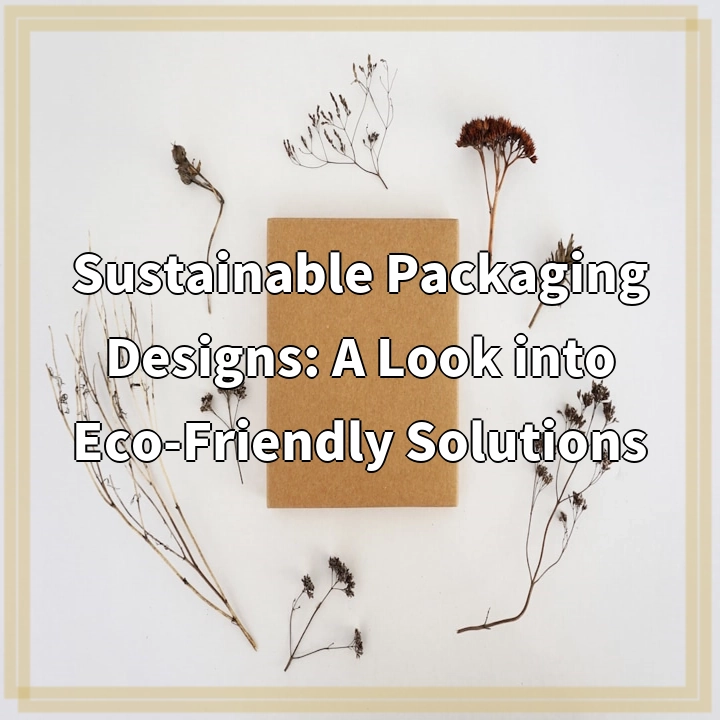
What is Green Roofing?
Green roofing refers to the practice of covering a roof with vegetation, creating a living, natural surface. It involves the installation of a waterproofing membrane, followed by a drainage and irrigation system, and layers of soil and plants. Green roofs can vary in design, from extensive roofs with low-growing plants to intensive roofs with larger plants and even usable green spaces.
Real-world Problems with Green Roofing
While green roofing solutions offer numerous benefits, they also come with a few challenges that need to be addressed:
Limited Accessibility
One of the main concerns with green roofs is the limited accessibility for maintenance and repairs. The added layers of soil, plants, and drainage systems make it more challenging to access the roof for routine inspections or repairs, potentially leading to more time and effort involved in maintaining the roof.
Structural Considerations
Green roofs can be heavy, especially when exposed to rainfall or snowfall. This additional weight may require structural modifications to the building to ensure it can safely support the extra load. It’s important to consult with a structural engineer to assess the building’s capacity and make necessary adjustments.
Initial Costs
Implementing a green roofing solution can involve higher upfront costs compared to traditional roofing options. The installation of waterproofing membranes, drainage systems, and plant materials can be more expensive. However, it’s crucial to recognize that the long-term benefits, such as energy savings and extended roof lifespan, often outweigh the initial investment.
Maintenance and Irrigation
Maintaining a green roof requires regular care to ensure the health and vitality of the plants. The irrigation system needs to be properly designed and maintained to provide adequate watering levels, especially during dry seasons. Additionally, weed control, fertilization, and monitoring for pests or diseases are important aspects of the ongoing maintenance process.
Regional Suitability
Not all climates or building structures are suitable for green roofs. Factors such as sunlight exposure, rainfall patterns, and building design need to be carefully considered to determine if a green roof is viable and beneficial in a specific location. Some regions may require additional measures to address extreme weather conditions or to ensure proper drainage.

Solutions for Green Roofing Challenges
While green roofing may present certain challenges, there are effective solutions to address them:
Accessibility Solutions
Install access points, such as roof hatches or walkways, strategically to ensure easier access for maintenance and repairs. Consider incorporating modular green roof systems that can be easily disassembled for greater accessibility to specific areas.
Structural Modifications
Engage with a structural engineer to assess the building’s capacity and make any necessary modifications. Reinforcements can be made to ensure the structure can support the additional weight of a green roof. Employ lightweight growing media and plant selection strategies to minimize the overall load.
Lifecycle Cost Analysis
Conduct a thorough lifecycle cost analysis that compares the upfront costs of installation with the long-term benefits of energy savings, extended roof lifespan, and other environmental advantages. This analysis can provide a more accurate assessment of the true cost-effectiveness of green roofing solutions.
Proper Maintenance and Irrigation
Design and implement a well-functioning irrigation system tailored to the specific green roof. Regular inspections and maintenance can help identify and address issues early on, ensuring the health of the plants and reducing the risk of larger repairs. Implement integrated pest management techniques to control pests and diseases while minimizing the use of harmful chemicals.
Adaptation to Local Conditions
Conduct a comprehensive feasibility study to determine the suitability of green roofs in the local climate and building environment. Consider regional factors, such as sunlight exposure, rainfall patterns, and extreme weather conditions, when designing and implementing green roofing solutions. Incorporate proper drainage systems to manage excess water during heavy rainfall.















